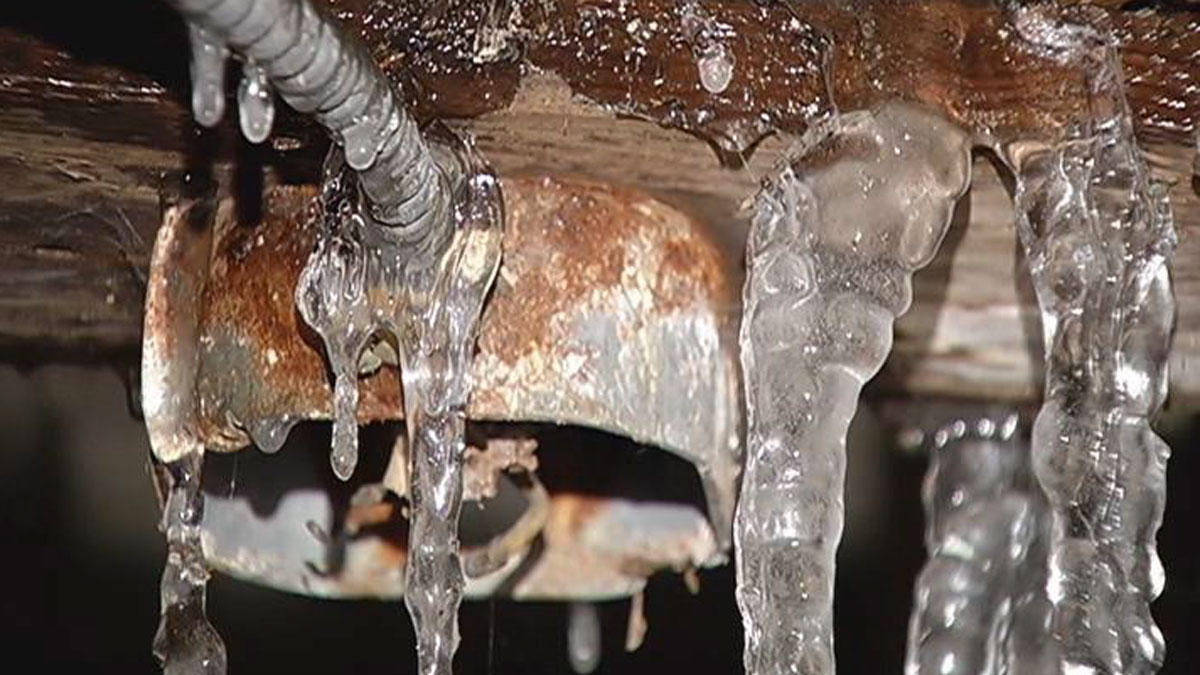What are your thoughts regarding Winter Plumbing Precautions: Preventing Frozen Pipes?

Winter can damage your plumbing, particularly by freezing pipes. Below's exactly how to avoid it from happening and what to do if it does.
Introduction
As temperature levels decrease, the risk of icy pipelines boosts, possibly leading to pricey repair work and water damages. Comprehending how to avoid frozen pipelines is essential for homeowners in chilly climates.
Avoidance Tips
Insulating vulnerable pipes
Cover pipelines in insulation sleeves or use warmth tape to safeguard them from freezing temperature levels. Focus on pipes in unheated or outside locations of the home.
Heating methods
Keep interior areas appropriately warmed, specifically locations with pipes. Open up closet doors to enable warm air to distribute around pipes under sinks.
How to identify icy pipelines
Try to find lowered water circulation from faucets, unusual smells or sounds from pipes, and noticeable frost on exposed pipes.
Long-Term Solutions
Architectural changes
Take into consideration rerouting pipelines away from exterior wall surfaces or unheated locations. Add extra insulation to attic rooms, basements, and crawl spaces.
Updating insulation
Purchase top notch insulation for pipes, attic rooms, and walls. Proper insulation aids preserve regular temperature levels and reduces the threat of frozen pipelines.
Safeguarding Exterior Pipes
Yard pipes and outdoor faucets
Separate and drain pipes yard hose pipes prior to winter. Set up frost-proof faucets or cover outdoor faucets with protected caps.
Understanding Frozen Pipes
What triggers pipes to freeze?
Pipelines ice up when revealed to temperatures below 32 ° F (0 ° C) for prolonged periods. As water inside the pipelines ices up, it increases, taxing the pipeline walls and potentially causing them to rupture.
Dangers and problems
Icy pipelines can cause water disturbances, home damage, and pricey fixings. Burst pipelines can flooding homes and trigger comprehensive structural damages.
Signs of Frozen Pipeline
Identifying icy pipelines early can prevent them from rupturing.
What to Do If Your Pipes Freeze
Immediate actions to take
If you presume frozen pipelines, maintain faucets open up to eliminate stress as the ice melts. Use a hairdryer or towels taken in warm water to thaw pipes slowly.
Verdict
Stopping frozen pipes calls for proactive procedures and fast reactions. By recognizing the causes, indicators, and preventive measures, property owners can protect their plumbing throughout cold weather.
5 Ways to Prevent Frozen Pipes
Drain Outdoor Faucets and Disconnect Hoses
First, close the shut-off valve that controls the flow of water in the pipe to your outdoor faucet. Then, head outside to disconnect and drain your hose and open the outdoor faucet to allow the water to completely drain out of the line. Turn off the faucet when done. Finally, head back to the shut-off valve and drain the remaining water inside the pipe into a bucket or container. Additionally, if you have a home irrigation system, you should consider hiring an expert to clear the system of water each year.
Insulate Pipes
One of the best and most cost-effective methods for preventing frozen water pipes is to wrap your pipes with insulation. This is especially important for areas in your home that aren’t exposed to heat, such as an attic. We suggest using foam sleeves, which can typically be found at your local hardware store.
Keep Heat Running at 65
Your pipes are located inside your walls, and the temperature there is much colder than the rest of the house. To prevent your pipes from freezing, The Insurance Information Institute suggests that you keep your home heated to at least 65 degrees, even when traveling. You may want to invest in smart devices that can keep an eye on the temperature in your home while you’re away.
Leave Water Dripping
Moving water — even a small trickle — can prevent ice from forming inside your pipes. When freezing temps are imminent, start a drip of water from all faucets that serve exposed pipes. Leaving a few faucets running will also help relieve pressure inside the pipes and help prevent a rupture if the water inside freezes.
Open Cupboard Doors
Warm your kitchen and bathroom pipes by opening cupboards and vanities. You should also leave your interior doors ajar to help warm air circulate evenly throughout your home.

We had been made aware of that article on How To Avoid Freezing Pipes through a buddy on another web page. In case you enjoyed our article kindly consider to pass it around. Many thanks for your time. Revisit us soon.
Contact Us Now